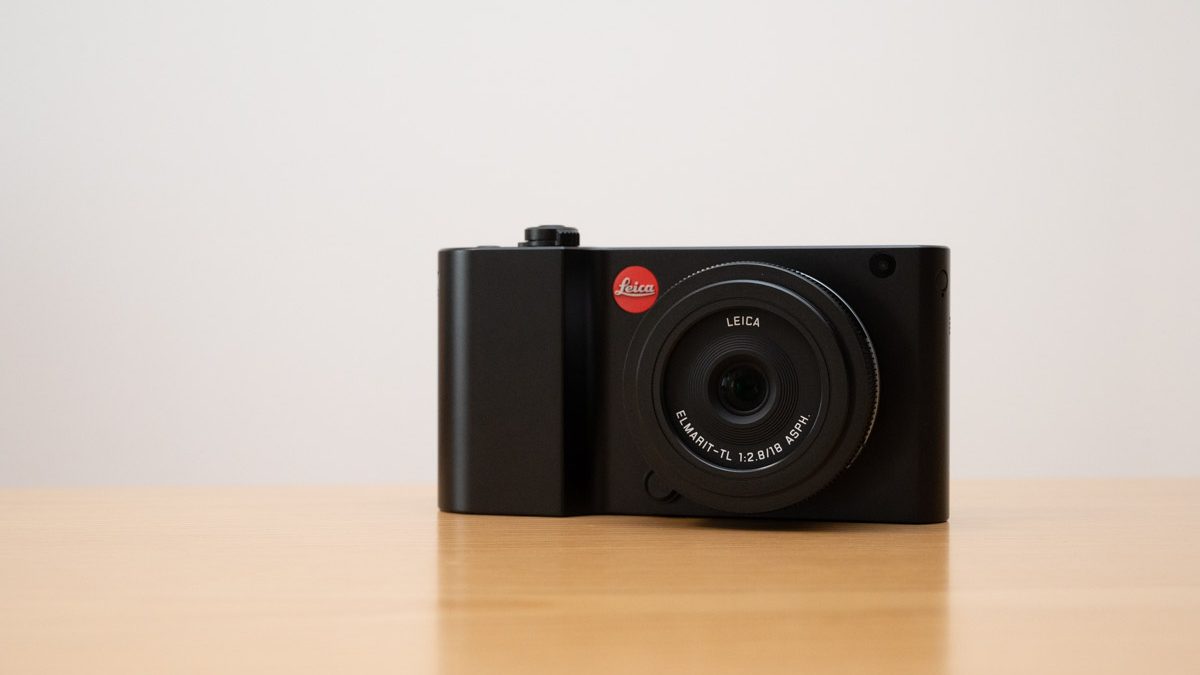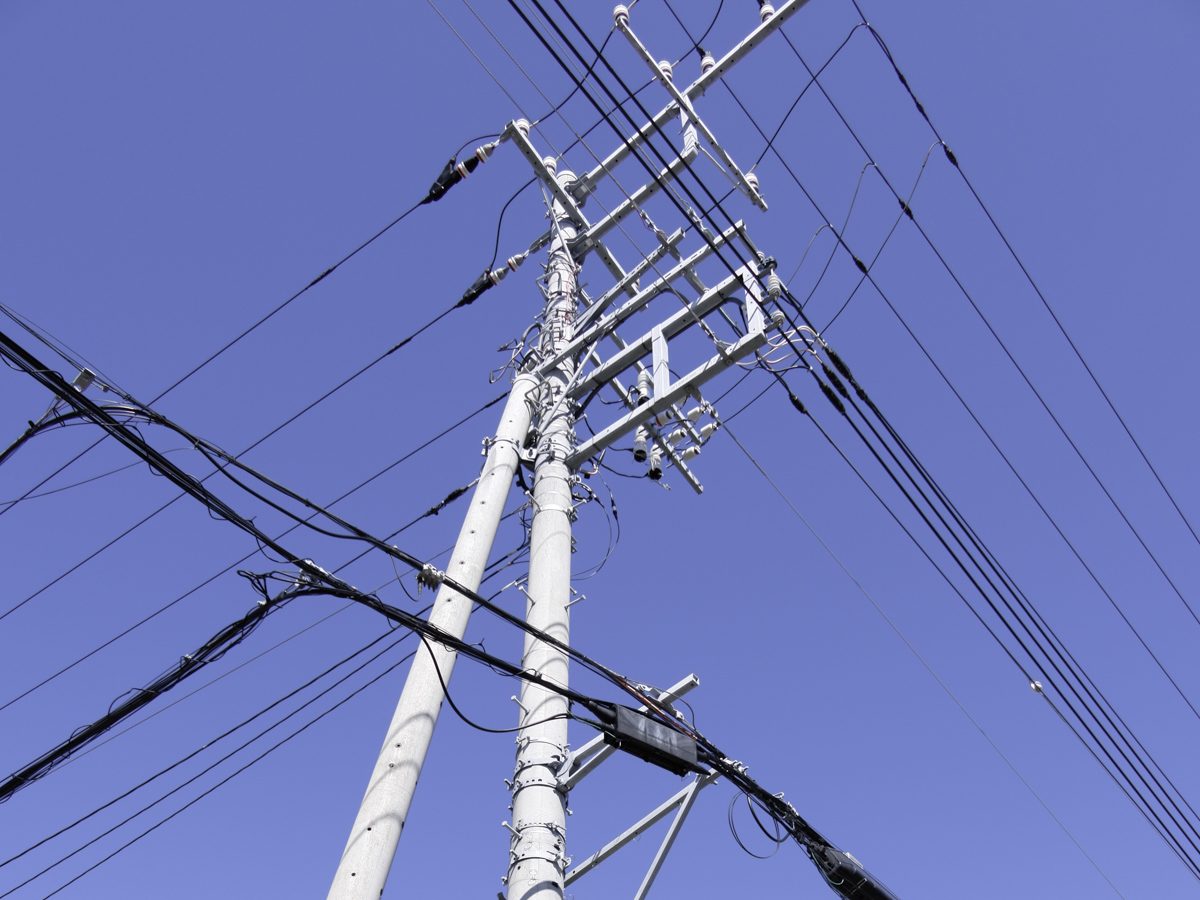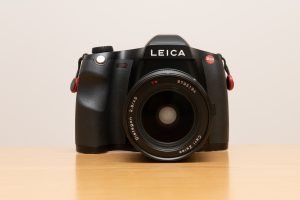LEICA TL2 Review

Introduction
This article is a review of the LEICA TL2, but I actually parted with this camera just a week after purchasing it secondhand. Having used over 30 different cameras, my expectations for usability are quite high, which often leads me to make impulsive purchases like this. However, I believed I had carefully considered my decision at the time of purchase. Therefore, I would like to reflect on the purpose of my purchase, as well as the circumstances and my experience using the camera.
Purpose of Purchase
At the time of writing this article, I am a regular user of the LEICA SL (typ 601). However, given that it is quite a large and heavy system, I gradually began to envision the idea of a “Leica for everyday use.” To break this theme down a bit further…
- Smooth Operability (Including Compactness and Light Weight)
- Unique Leica Image Quality
- Unique Leica Sense of Ownership
And the means I chose to fulfill this was:
Compact “Leica-made” lenses with autofocus.
When it comes to compact Leica lenses with autofocus, we’re talking about the APS-C TL mount lenses. While the Apo-Summicron series for the SL is said to be relatively compact and lightweight for SL lenses, they are still metal-bodied lenses weighing around 700 grams, which is quite large and heavy. Above all, I’m not bold enough to casually carry around a lens that costs over 500,000 yen. In that respect, the TL lenses, though made in Japan, proudly bear the Leica name, are small, lightweight, and relatively affordable (though, of course, they are still generally quite expensive). My interest began to lean strongly toward the APS-C Leica. *While it is also possible to use TL mount lenses on the SL, this would crop the resolution down to 10 megapixels, so I dismissed that option.
As of June 2021, the CL and TL2 are available as interchangeable lens bodies with an APS-C mount. They were released around the same time, but the TL2 is about 100,000 yen cheaper in the used market. However, more than the price, what attracted me was its stunning exterior design. The fact that skilled workers hand-polish the aluminum body is nothing short of romantic. I have a deep appreciation for the texture of the Leica SL, which also has an aluminum machined body. Although I had only seen the exterior in photos online, I was convinced that this camera’s texture could indeed serve as an everyday SL.
On the other hand, many of the reviews currently circulating online about the Leica TL2 offer rather critical takes on its autofocus performance and image quality.
Autofocus performance… Fast enough, but it struggles significantly in low light.
Image quality… The white balance is off.
That seems to be the case. The autofocus performance appears to depend on the lens, but the Elmarit 18mm I decided to purchase has a reputation for being a fast lens. Since I had initially designated this camera as my daytime walking camera, my understanding was that as long as I didn’t use it in dark environments, it would be fine. I was aware of the white balance issue from reviews, but since I intended to shoot in RAW and process the images in Lightroom, I figured that a little color inconsistency wouldn’t be a significant problem. And so, the LEICA TL2 + ELMARIT-TL 1:2.8/18 ASPH. arrived at my hands.
Results of the Purchase
Thus, the LEICA TL2 + ELMARIT-TL 1:2.8/18 ASPH. arrived in my hands. As mentioned in the previous section, I was seeking the following from this equipment:
- Smooth Operability (Including Compactness and Light Weight)
- Unique Leica Image Quality
- Unique Leica Sense of Ownership
With these three perspectives in mind, I would like to reflect on my experience.
1. Operability
One of the most surprising aspects of using this camera was its operability. Given its distinctive shape and the almost complete lack of buttons, I initially expected that it would take time to get accustomed to this camera (and that the usability issues would be outweighed by the unique sense of ownership that comes with Leica, leading me to cherish this camera long-term). However, this expectation was pleasantly overturned in terms of hardware. The camera is incredibly easy to grip. The unique UI isn’t particularly difficult either; I was able to access all the settings without difficulty, even without reading the manual.
Additionally, I found the autofocus to be much better than I had anticipated. By setting the aperture to f/8 and using the somewhat tricky touch focus to set the focal point, it surprisingly and swiftly moved the focus with ease. The accuracy is also quite high (although, as will be discussed later, I couldn’t confirm this in real shooting situations). I felt it had sufficient qualities to be considered a good snapshot camera.
That said, there were a few disappointing aspects that were more significant than I expected. First, the LCD screen is harder to see than I anticipated. The 3.7-inch, 1.3 million-dot display is sufficiently large, but when used outdoors, it doesn’t appear very clear, making it difficult to tell if the focus is correct. This was frustrating.
I also thought it would be interesting to use my M mount lenses with an adapter, or to use my compact L mount lens, the SIGMA 45mm F2.8 DG DN | Contemporary, as a medium telephoto equivalent to 67.5mm. However, it was a bit disappointing that the body felt light compared to the lenses. Even with a small lens like the SUMMICRON 50mm 4th, the weight of the lens caused the body to droop. This detail might seem trivial and hard to relate to, but these subtle frustrations can accumulate, creating a sense of “something just doesn’t feel right.” Moreover, in the combination with the SIGMA 45mm F2.8 DG DN | Contemporary, while the autofocus worked without issue, the camera didn’t recognize adjustments made to the lens’s aperture ring (the camera does not respond to aperture ring adjustments), which is an important point to mention. The LEICA SL often fails to recognize the lens-side switches on SIGMA DG DN lenses as well, and this lack of compatibility is something that one must accept when choosing to use Leica.

2. Image Quality

I did a shooting test by taking pictures of nearby utility poles. This is the output straight from the JPG files, and the colors are all like this… For some reason, the white balance is off. It’s strange both outdoors and indoors. Additionally, while the focus isn’t completely off, the images come out looking somewhat hazy. Regarding the white balance, shooting in DNG and applying Adobe’s color profile in Lightroom can improve it to some extent, but I still struggled with the “slightly hazy” results. I also noticed differences in image rendering compared to the LEICA SL (typ 601). Although the SL has its own quirks in color, it produces strong contrasts and “pictorial” images almost instantly, which is simply a matter of personal preference, but I ended up feeling that “Hmm, this can’t be used alongside the SL.
3. Ownership
The usability is decent if you can overlook certain issues, and the image quality is manageable if you’re willing to compromise… But when it comes to ownership experience, this was the aspect I had the highest hopes for with the TL2. Unfortunately, it turned out to be the most disappointing part.
The build quality of the Leica SL (typ 601) is truly impressive. The moment you hold it, you instinctively feel, “This is something different.” I expected the TL2, with its same aluminum construction (and hand-finished, no less), to evoke that same feeling. However, it felt surprisingly lightweight (which is good for portability, but still…), and the dials had a “normal” digital camera feel—lacking the tactile feedback and smoothness you expect, instead having a slightly rough texture that made me think, “Well, this is about what I expected.”
I might be judging it too harshly compared to the SL, which is priced over three times higher. In a way, it highlighted just how good of a deal the SL is as of 2021. Additionally, the feel of the lens’s focus ring was not as smooth as that of an M-mount Summicron; it left a somewhat gritty sensation on my fingers, which was also disappointing and didn’t meet my expectations.
Couclusion
In my quest for a “daily-use Leica,” I turned to the compact and autofocus-enabled TL system. Unfortunately, it didn’t meet my expectations. While it’s a well-designed camera with good basic usability and the white balance issues are manageable, I never felt the absolute “Leica essence” that would allow me to overlook the cumulative frustrations with usability and image quality. As a result, it didn’t become a camera I felt compelled to take out.
Currently, I’m considering alternatives like the GR3, which offers comparable specs and is even smaller, aside from its 4K video capability. I often take the SL for more significant outings, but for everyday walks, I find my iPhone sufficient, leading to my hesitation in making a purchase (though I’m sure I’ll buy a GR3 eventually).
The search for the “best equipment” will continue.
Thank you for reading to the end!
